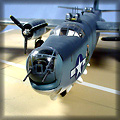I was glad to see a modern release of the Zero in 1/24th scale, as it's always
been one of my favorite aircraft. Trumpeter has been taking the big-scale world by storm in the last
few years, so when this kit came out, I knew I'd have to build one. A fellow IPMS member had one he
wanted to sell, so all the pieces fell into place.
For starters, there's a lot of plastic here. Instructions are in pictograph format, with little text,
and all color references are to the Gunze range. Photo-etch, soft vinyl, decals, and clear parts all
get their own bags. I started unpacking things, and went to work.
|
|
|
| Modern aviation historians give the Zero somewhat short shrift, usually saying that it was a
good plane in it's day, but discounting it's overall impact on the Pacific war. This should be
re-examined in light of exactly what the Zero actually did accomplish, both for the Japanese and against
its enemies. More...
|
|
PROS: Excellent surface detail, a nearly complete fuselage interior, very nice
clear parts, overall dimensions correct, BIG scale!
|
|
CONS: Some outline inaccuracies, troublesome fit of the fuselage halves with
everything inside, and awful fit of the lower-rear wing joint. Also working features that
don't work very well.
|
|
|
|
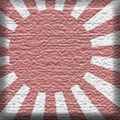
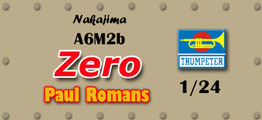
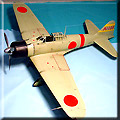



![[]](PR-Zero-054a3.jpg)
![[]](PR-Zero-069a.jpg)
![[]](PR-Zero-048b.jpg)
![[]](PR-Zero-042b.jpg)
![[]](PR-Zero-066b.jpg)
![[]](PR-Zero-062b.jpg)
![[]](PR-Zero-061a.jpg)
![[]](PR-Zero-046a.jpg)
![[]](PR-Zero-041a.jpg)
![[]](PR-Zero-056b.jpg)
![[]](PR-Zero-059b1.jpg)
![[]](PR-Zero-072a.jpg)
![[]](PR-Zero-043a.jpg)
![[]](PR-Zero-051a.jpg)
![[]](PR-Zero-071a.jpg)
![[]](PR-Zero-040a.jpg)
![[]](PR-Zero-049a.jpg)
![[]](PR-Zero-067a.jpg)
![[]](PR-Zero-070a.jpg)
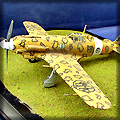
![[Back]](../../../J-button1.jpg)
